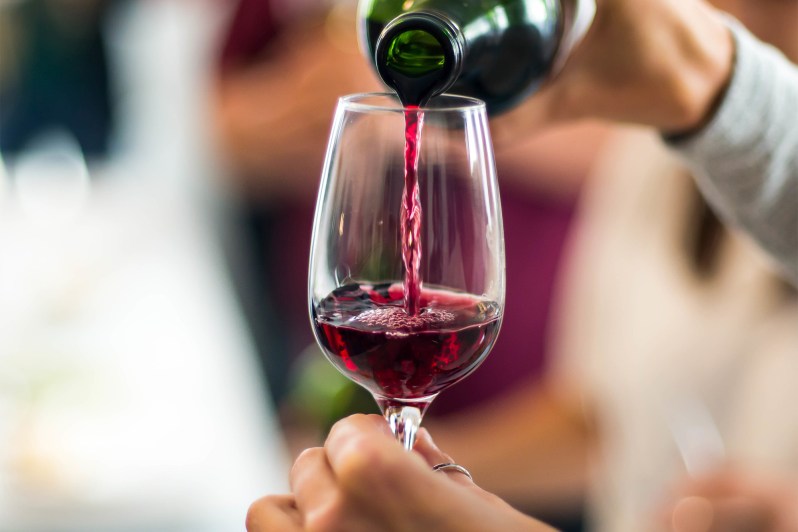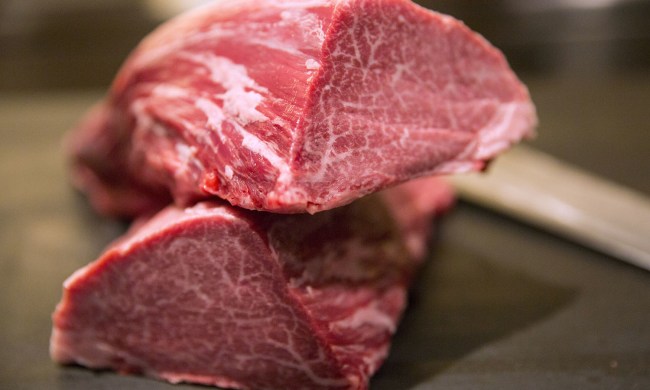America is in the midst of a serious self-reckoning. We are acknowledging some serious problems and cross-examining everything else, combing for flaws in the name of true equality.
For way too long, wine has been an arena of older white men. It still is, but the paradigm is showing signs of pivoting. Women and BIPOC folks are increasingly entering the scene, running cellars, commanding restaurant floors, and earning sommelier distinctions. But many of the pillars that continue to hold the wine world up are old, dated, and inward-looking.
One of the more overlooked aspects of wine is the tasting note. For what seemed like forever, this literature was longwinded, involving words like “austere” or flavors like tayberry. These notes waxed on and on, for multiple paragraphs, in a quest to capture the essence of a particular wine. It was exhausting, somewhat esoteric, and far from welcoming.

Then came somm culture and a new generation of cool kids to the wine industry. They took their fiery pitchforks to tasting notes, shortening them dramatically or doing away with them altogether. It became okay to compare a wine to a pop song or call it sweaty without it being disparaging. What one palate picks up is too subjective to assume another will do the same. Wine is just fermented fruit juice, why should it be so intimidating?
Yet, the way many describe wine continues to be tailored to a specific palate. A tayberry is a foreign object to the vast majority of humans. Austere is a good word but it’s off-putting in its own sneaky way. Having great diction is a lovely trait but it’s not a necessity in wine. For the pros, it’s more important to know how the wine came together, and from where, and communicate that in a way that makes it more accessible, not hidden in the mist.
Chevonne Ball is the owner of Dirty Radish. She’s a wine educator, consultant, certified sommelier, and Black business-owner operating in an industry not known for its diversity. Based in the Willamette Valley, Ball leads tours in Oregon wine country as well as France. She says one of the main objectives of her company is to bridge the disconnect between winemakers and consumers, a gap that leads to inaccessibility.

“I don’t like it when somebody tells me what a wine is like,” Ball admits. “Tasting notes are for tech sheets, not wine bottles.” In describing wines to her clientele, Ball focuses on the appellation the fruit is grown in and how that relates to the wine, as opposed to the flavors she picks up. She opts for a culinary connection. “It’s like food, you describe how the dish is prepared not what it tastes like.”
Having lived in France and spent a lot of time overseas, Ball is aware of the variation in wine culture between the New World and Old World. She says there’s a certain intelligence that comes with wine in France, something we’re still earning here, as it’s relatively young as an industry, let alone as a fixture at the dinner table. Ball aims to make wine more inclusive through education.
“I’ve learned I need to guide people throughout,” she says. A lot of people are unfamiliar with wine and therefore feel awkward around it and its related protocol. “I’m always telling groups that it’s okay to spit and it’s okay to pour the wine out.”
Ball says the disconnect between people and wine is not unlike our relationship with food in general. It’s not always personal and we often pull intelligence from the supermarket staff member as opposed to the winemaker. She recommends befriending your local bottle shop employee, like you would a butcher or cheesemonger. That leads to knowledge, less intimidation, and a greater likelihood of finding a new favorite wine, region, or producer.
Better still, you might be able to pass that wisdom off, benefiting the wide world of wine drinkers, not just the small segment of wine snobs.


